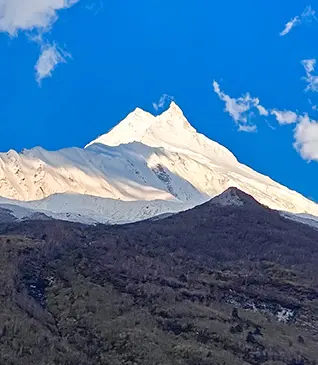Table of contents
Introduction
Trek The Himalayas Safety Protocols
Trek The Himalayas is known to be the safest trekking company in India, and that is what makes us feel proud every time. Many people often ask us about our safety measures, but those who have already trekked with us know, they are in safe hands. Once you experience how carefully we handle things on the trail, you’ll want to trek with us again and again. At Trek The Himalayas, our goal is to give you the most memorable and safe trekking experience. Every trek is backed by careful planning, a trained and experienced team, and strict safety protocols that we always follow.
Our safety measures cover everything, from selecting the right gear to monitoring real-time weather conditions, and having well-prepared backup plans in case of any emergency. Before we begin any trek, we make sure every safety detail is in place.
Trek The Himalayas Safety Protocols
Here’s how, from start to finish, we prove ourselves a trekking company with best safety standards.
Before the Trek
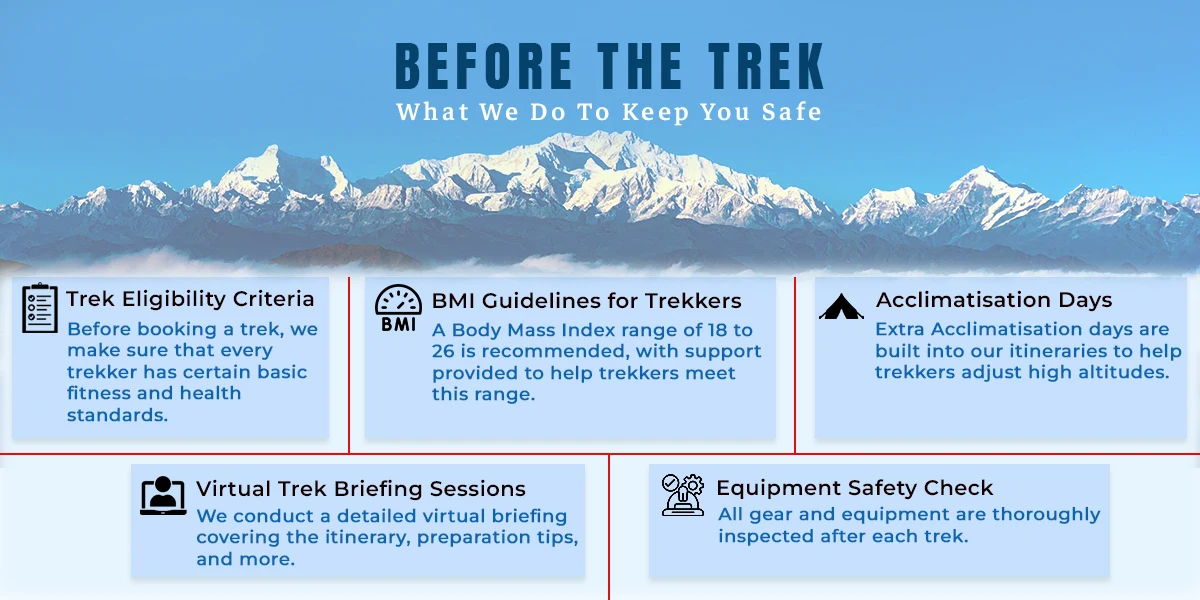
Our focus on safety doesn’t just start when the trek begins, it starts much earlier. A lot of preparation happens behind the scenes before you even set foot on the trail. We help trekkers prepare physically and ensure our equipment is ready to use, we make sure that everything is in place before the journey begins.
Here are the highlights of what we do before the trek starts:
-
Trek Eligibility Criteria
Before booking a trek, we make sure that every trekker has certain basic fitness and health standards. This helps us maintain safety during the trek and ensures that participants are fit to face the challenges of the trail. These eligibility criteria are carefully set based on the difficulty level of each trek. Only those who meet these requirements are allowed to join, this is one of the first steps in ensuring a safe trek. -
BMI Guidelines for Trekkers
We follow a standard Body Mass Index range of 18 to 26, which may slightly vary depending on the trek’s difficulty. If someone is slightly around the bars, we don’t immediately turn them away. Instead, we offer personalized workout plans to help them get fitter and be trek-ready. Our goal is to encourage everyone to trek safely and responsibly. -
Acclimatisation Days
Acclimatisation is key when trekking at high altitudes. That’s why we design our itineraries with extra acclimatisation days wherever required. For treks like Kedartal and treks in Leh, where the starting points themselves are at high altitude, the first day is dedicated to rest and adjustment. For other treks, we include acclimatisation time depending on the altitude gain and route. These days give your body the much-needed time to adapt to the altitude and help prevent AMS. -
Virtual Trek Briefing Sessions
Before every trek, we conduct a detailed virtual briefing for our trekkers which is led by our trek expert. These sessions help the trekkers understand the itinerary, major highlights, essential things to carry, how to prepare for the trek, and important dos and don’ts. The session ends with a questions and answers round so that every trekker can get their doubts cleared and feel confident before heading out. -
Equipment Safety Check
After every trek, we thoroughly inspect all trekking gear and equipment, from tents to sleeping bags, crampons to gaiters. None of these equipment is reused without a complete quality check. This step ensures that all gear used on the trail is in good condition for the next group of trekkers.
During the Trek
Trek the Himalayas team, ensures proper support and close monitoring of every trekker during the trek. We consider your safety as our topmost priority, while you are on the trails with us. Here are the major TTH trek safety protocols, followed during the trek.
- Health Checkup on Arrival- Whenever a group of trekkers arrives at the base camp, a proper health checkup is done for each participant. This health checkup comprises BP check, oxygen levels and pulse rate readings. These checks help us understand how your body is adjusting to the altitude from the very beginning.
- Medical Form Submission- At the time of health checkup, each trekker is also asked to submit a medical form, also known as a health card. This form lists important details about the participant’s current health and past medical history. This card helps our team assess fitness of the participants for the trek.
- Daily Health Checkups- Our team conducts daily health checkups during the trek to make sure everyone is fit to move ahead. These daily check ups include BP readings, oxygen levels, and pulse checks. If any reading shows concern, our team takes quick action. For instance, if there is a drop in BP, we offer saltwater or chocolate bars depending on the need. These simple remedies help restore balance in many cases.
- Our own Rescue Team- We have our own rescue operation team that stays alert 24x7. All team members are trained to handle emergency situations efficiently. We also keep backup vehicles ready throughout the journey so that quick evacuation can be done whenever required.
- Technical Safety Measures- On each of our treks, we provide proper technical safety. We provide the proper trekking gear like microspikes, ropes, harnesses, snow axes, and more, according to the requirements. To make the trek much safer, our certified trek leaders and guides stay with you all the time, and train you with required skills. We strictly follow a 3:8 ratio between our team and trekkers. We assign 3 trained members from our team including the trek leader, senior guide, and a support guide for every group of 8 trekkers.
- Separate Snow Technical Team- For treks that pass through snowy slopes and tough terrain, we have a separate technical team. This team is specially trained and certified to manage snowy routes and high-altitude challenges.
Major Medical Equipment we carry
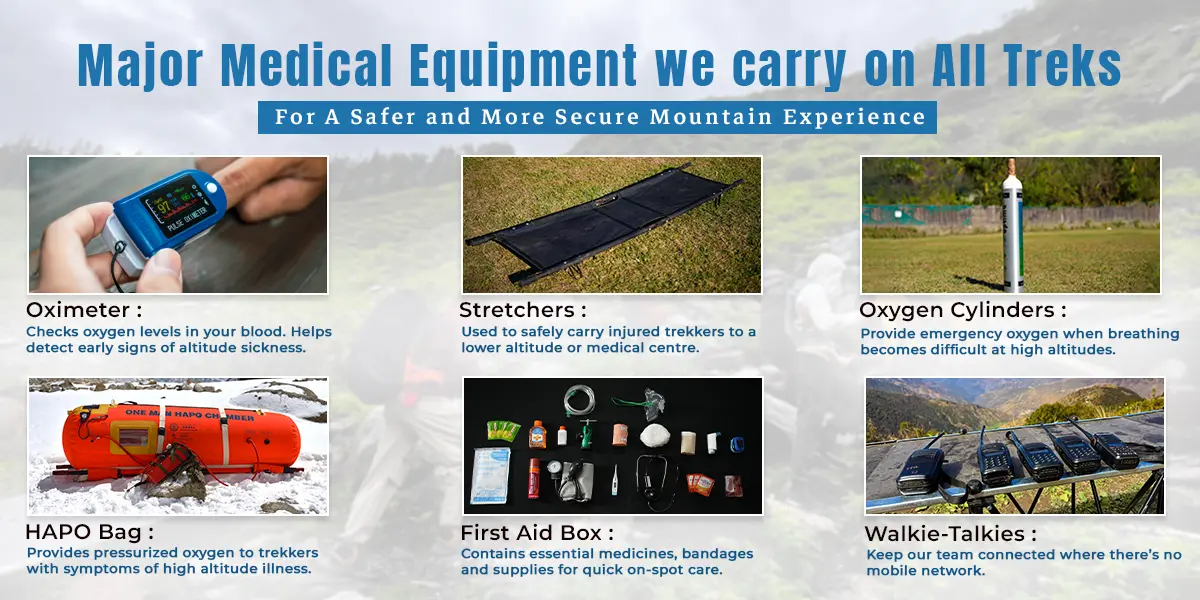
On each of our treks, we carry proper medical equipment to handle emergency situations with care and efficiency. Our team is trained to use these equipment, and regular health reports are collected for effective monitoring and management.
Here are the major medical support tools we carry on our treks and expeditions.
- Oximeter- Oximeter is a small device which checks the oxygen level in your blood. It helps in detecting early signs of altitude sickness in mountains. If the oxygen level is below the average, it suggests that the body is not adjusting well to the altitude, in these cases proper actions are taken.
- BP Machine- Blood Pressure machine is used to measure BP, it is helpful in knowing how well your heart is adjusting to the change in altitude. We keep tracking BP regularly to ensure that your heart is coping well with the changing environment.
- Oxygen Cylinders- We carry these portable oxygen cylinders on all high altitude treks, these are also used during emergencies. If a trekker has trouble breathing because of low oxygen levels in the air, these cylinders are used to give them oxygen support. These are commonly used and are actually life- saving in critical situations.
- First Aid Box- This is the most important one among our safety equipment. A first aid box has basic medical supplies like painkillers, antiseptic creams, bandages, cotton, and basic medicines for common health issues like headache or cold. We also suggest the trekkers to get their own small first aid kit for personal use with basic medicines.
- Stretchers- If someone gets badly injured, and is not in a state to walk, stretchers are used to carry them safely to a lower altitude or to a medical center. Our team is trained to handle such situations with care, ensuring the person stays as comfortable as possible.
- HAPO Bag- A HAPO bag is an inflatable bag, which is used when someone shows serious symptoms of High Altitude Pulmonary Edema (HAPO). This makes the person find it difficult to breathe. The bag helps by quickly increasing air pressure around the person and giving them extra oxygen, making it easier for them to breathe until they are moved to a safer altitude.
- Walkie-Talkie- Walkie Talkie is a hand held communication device, which helps our trek team members to stay in contact with each other. These are especially helpful in remote mountain regions where there is no mobile signal. They ensure smooth coordination between guides, support staff, and base camps.
- Satellite Phones- Satellite phones are special phones, which work without a network. These are carried on treks and expeditions in the remote areas, with no mobile network coverage. These phones help to contact emergency services and get help when required.
All these safety measures are strictly followed on every trek, regardless of it being an easy trail or a challenging expedition. We pay close attention to every small detail and needs of our trekkers. Our itineraries are thoughtfully curated with safety as the top priority, and we ensure that trekkers are well-informed throughout the journey.
If you're looking to trek with the best trekking company in India, you can confidently choose Trek The Himalayas as your adventure partner.
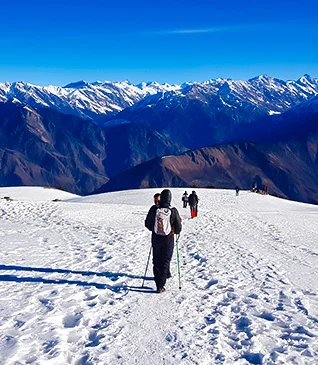
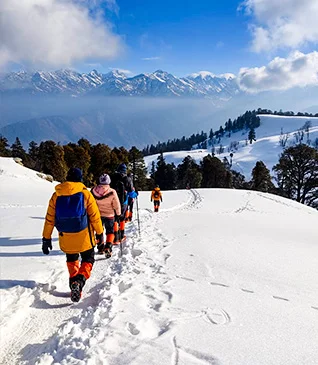
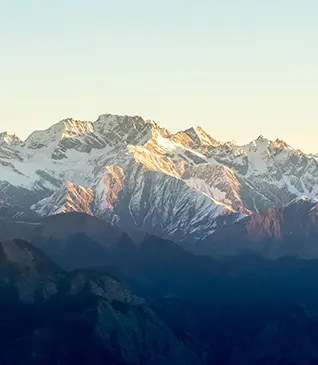
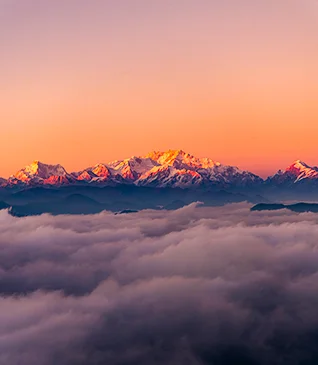
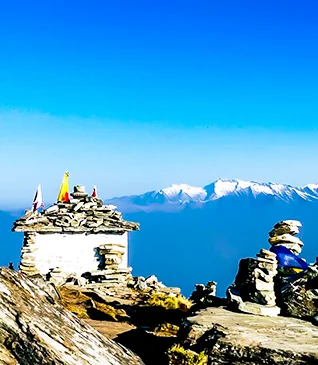
.webp)
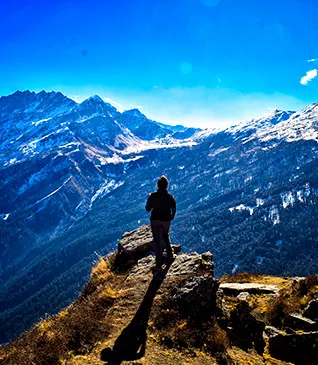
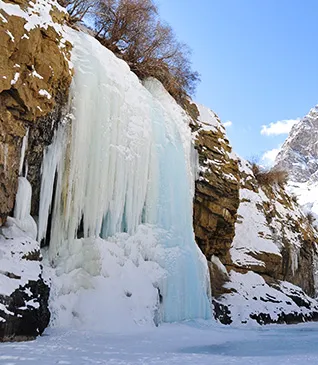
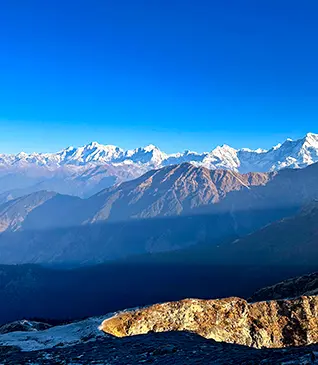
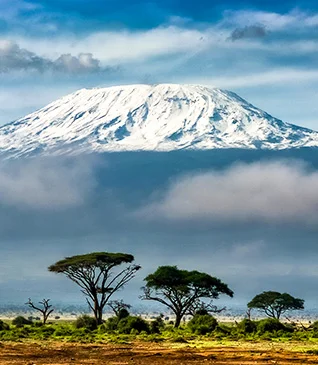
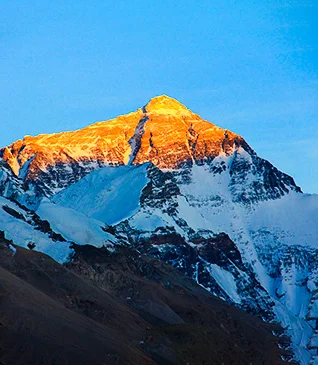
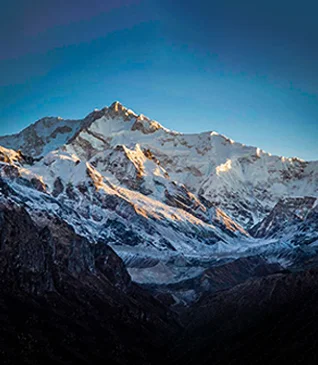
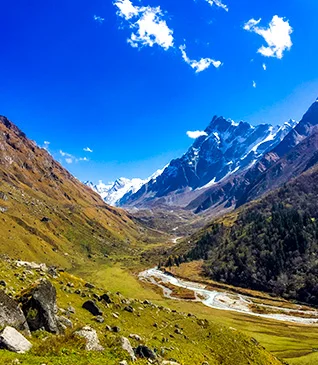
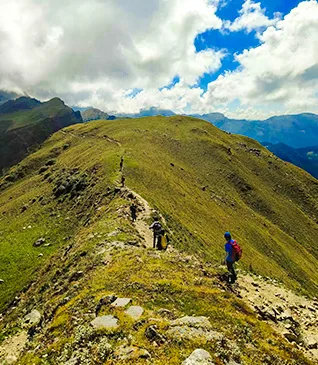
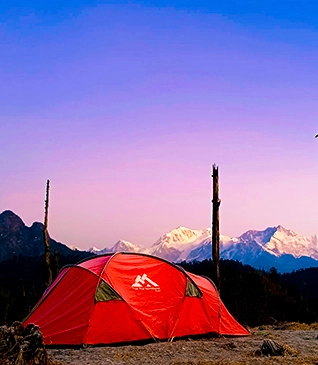
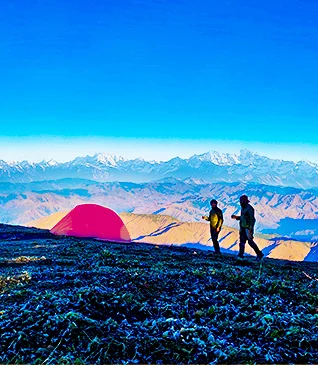
.webp)
